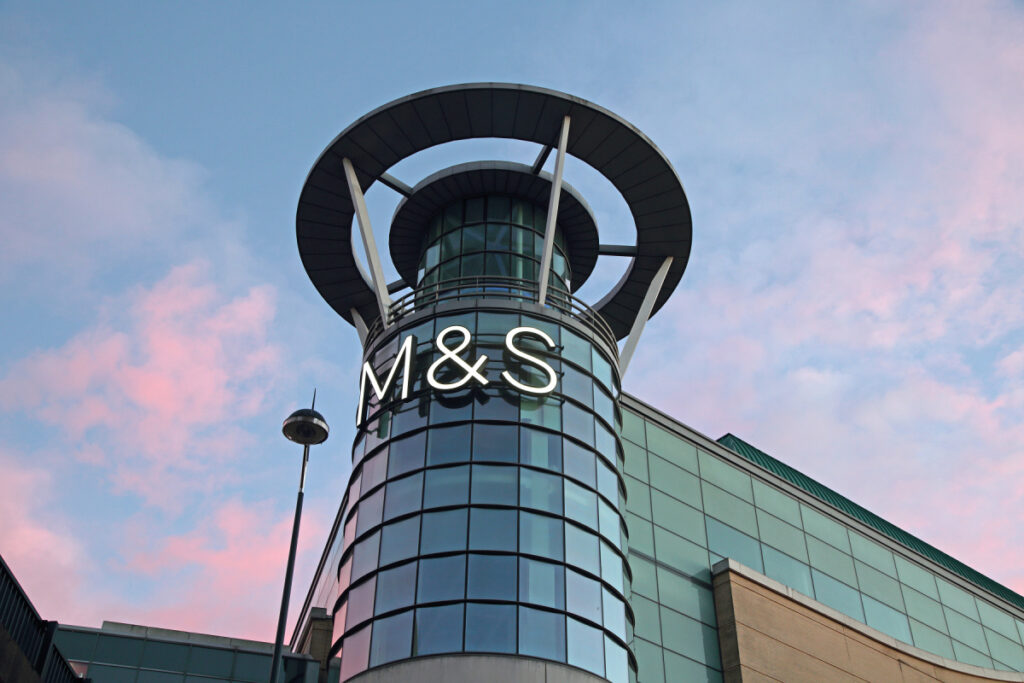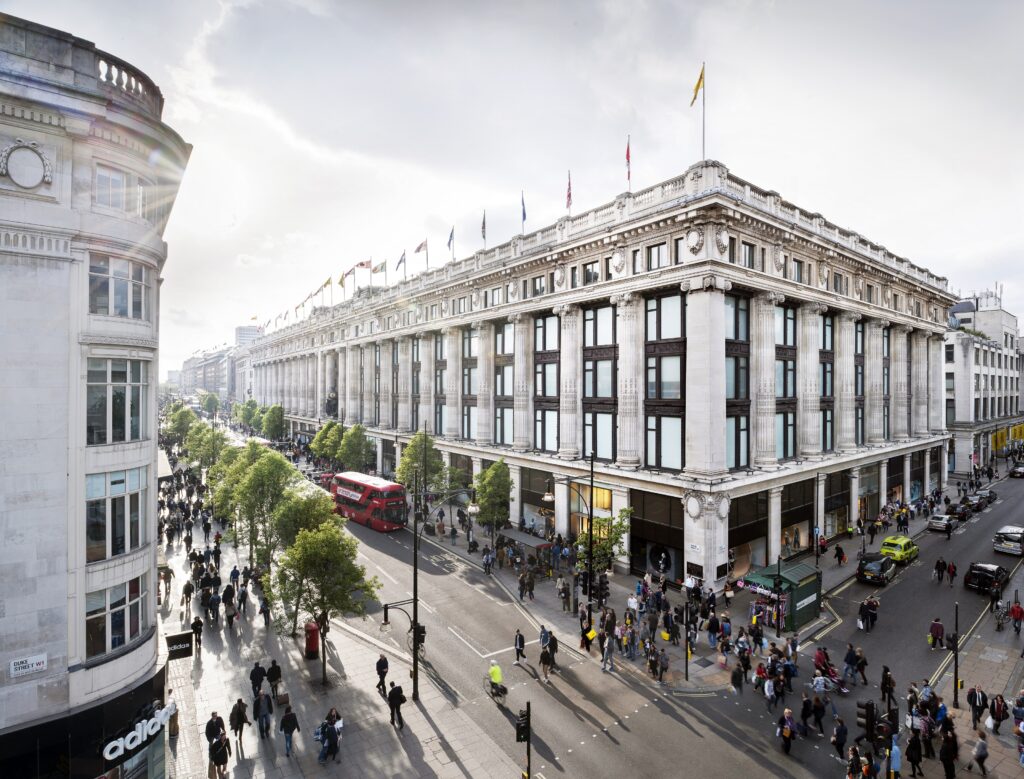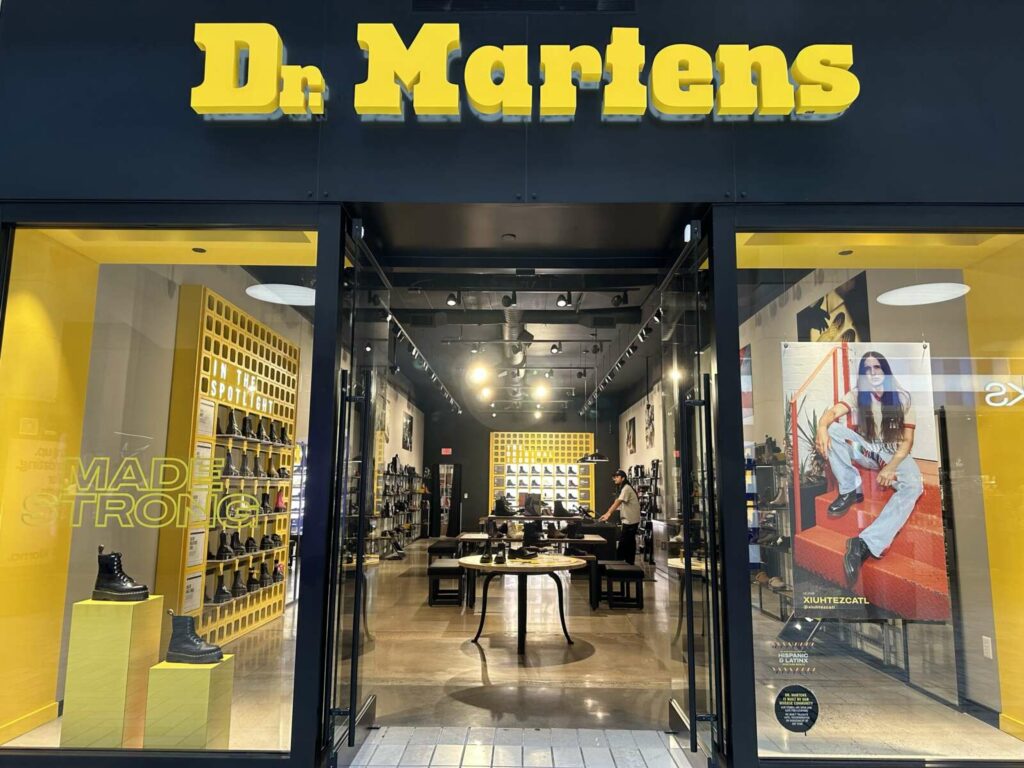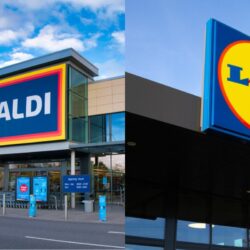In recent years, the number of retailers regularly partnering with key figures and celebrities has increased significantly thanks to the boom of social media and the rise of influencers.
Currently, half of the global population is on social media, spending over two hours a day, according to datareportal. The Covid-19 pandemic would have most likely caused this number to rise due to the numerous lockdowns and furlough systems around the world.
Even before the pandemic, fast fashion retailers such as Boohoo and PrettyLittleThing managed to successfully tap into their consumers who spend a large chunk of their time online by partnering with popular figures on social media to plug new launches.
The success of these partnerships is evident. For example in 2019, ex-Love Island contestant Molly-Mae Hague – who has over 5.5 million followers in Instagram – saw her collaboration with PrettyLittleThing sell out in minutes thanks to huge demand. Since then she has gone on to be a brand ambassador for the Boohoo-owned fashion retailer and launch numerous collections with them.
View this post on Instagram
While the success is clear, are retailers becoming too dependent on partnerships or is a healthy marketing strategy?
Studio.co.uk head of marketing Carla Johnson told Retail Gazette that brand partnerships were mutually beneficial for involved parties and played a key part in many successful marketing strategies.
“Not only do these partnerships help to raise brand awareness, but they also allow brands to get their products and services into different markets, maximising reach,” she explained.
“More often than not, brands don’t depend on partnerships to survive, instead they are using the partnership as a means to develop their brand.
“For a collaboration to be healthy and beneficial for both brands, it is important to ensure they share similar values and are not competing against each other.
“Instead, the brands should complement one another, have similar targets and objectives, and be relevant to each other’s target audience.”
Paul Samuels, global partnerships EVP at AEG Europe, explained that the entire marketing sector has changed over the years.
“Having relationships with influencers and celebrities is becoming such an important part of the marketing strategy,” he told Retail Gazette.
“Not so much because of the image of that personality, but because of the following they have. You can reach more people, and be more engaged with people than taking an ad out during Coronation Street where viewers have the capability to fast forward the ads.
“I think it is part of the mix, and don’t see it as being unhealthy.”
While brand partnerships, particularly social media influencers, are now a regular element within retail, it is unclear whether this trend will continue or if, like other trends, something else will take its place.
Elliott Jacobs, digital marketing director at LiveArea EMEA, explained that while brand partnerships are nothing new, they’ve shifted away from simply building brand awareness and towards engaging with the target audiences.
“When you think of partnerships, it may be collaborations such as Nespresso and George Clooney that come to mind,” he said.
“But the brand partnerships of recent years have seen an uptake in hiring micro-influencers, and this will continue.”
“Here, many brands are more inclined to work with a number of individuals that have smaller, but more focussed followings, compared to one heavy hitter.”

As mentioned earlier, fast fashion retailers have been known for countless collaborations and edits with influencers and celebrities over the years.
However, Rick Harris, director of the money-saving website Offer of the Day, argues that even without these deals retailers could see the same levels of success.
“Fast fashion brands were always going to become popular thanks to their lower prices and fast delivery times,” he said.
“People are happy to forego high quality products in order to get their items at a cheaper price, and for them to be delivered next day.
“However, the partnerships created have enabled fast fashion brands to solidify their stake in the fashion industry.
“Brands such as Boohoo, Missguided and PrettyLittleThing are now some of the biggest names in the fashion industry, becoming a lot of people’s go-to fashion retailers, and now they also have the backing of celebrities and influencers for exclusive collections and edits.”
Retailers may approach partnerships hoping to see an increase in sales but there can be instances where partnerships can be detrimental for a retailer.
Johnson said retailers needed to do due diligence before partnering with other brands or social media influencers to ensure that the values and ethos line up.
“This will not only help to ensure that the partnership is as organic as possible, but it’ll also reduce the risk of the partnership having a negative impact on the business’ reputation,” she said.
“There is always a degree of risk associated with brand partnerships”
“It’s important to remember that things can go wrong and if one of the brands involved has a crisis, this could impact the other brands in the partnership.”
Marketers should also to take the time to research previous brand partnerships and how they’ve been received, as well as assess other potential risks such as negative press or social media issues.
Earlier this month, JD Sports was named as the official activewear brand for Love Island in what was its biggest brand partnership of the year, while online fashion retailer I Saw It First is the official fashion sponsor for the reality show.
In such a large partnership move, can other retailers without these affiliations and exposure hope to compete?
Harris said there was always going to be competition between brands when it comes to who can bag themselves the biggest or best partnership deal.
“However, just because a brand loses out on a partnership, does not mean they can’t also benefit from it,” he explained.
“Staying attuned to what’s popular thanks to that partnership is a big way of staying relevant and competitive when another brand in their industry is at large.”
Partnerships in physical retail aren’t as common compared to ecommerce. Jacobs said this was because “partnerships play a lot better into the hands of online-only retailers compared to bricks-and-mortar pure-plays.
“With only one channel to focus on, ecommerce partnerships are simply more effective and more efficient compared to channelling them through 500 stores,” he said.
“When in-store, a partnership would only be able to reach people in that immediate area – however, with an Instagram takeover or an influencer campaign, brands are able to reach a much wider audience spread further across the country compared to more traditional methods.
Samuels agreed, added that there is an untapped market for physical retailers. He said online brands have been quick to understand the need to create more tangible relationships with their customers due to a lack of physical presence, and that creating a partnerships was a way to achieve this.
“Physical brands can also learn from this,” he added.
“Emotional engagement with consumers is key, physical retail is starting to see this with the way shops are changing the in store experience.
“But like the online retailers you need to differentiate from the competition, add more reasons to visit and engage with your brands.”
Whether this is done through in-store events or off site at venues and events, Samuels believes there is scope for physical retailers to take advantage of the boom in partnerships within the sector.
Click here to sign up to Retail Gazette’s free daily email newsletter








